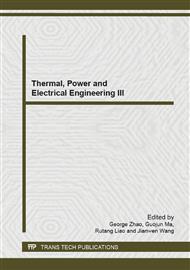p.670
p.676
p.680
p.684
p.689
p.695
p.700
p.704
p.710
The Enhancement of a Chronically Implanted Microwire Electrode Performance
Abstract:
Electrodes are expensive consumables of electrophysiological experiments. Cheap and homemade microwire electrodes have been widely applied, but their implantation performance is not good. To fabricate low cost and acceptable performance of microwire electrode, first, we analyzed the key factors affecting the long-term recording performance and determined the direction of the enhancement of electrode. We improved the existing fabrication process through electrode fabrication and the electrode tip surface modification, and systematically evaluated its properties, signal acquisition ability and biocompatibility. The result shows that the improved electrode tip surface is smooth and tidy, and its impedance decreased by 56.1% on average; record signal-to-noise ratio is higher; recording longevity reached 45 days; biocompatibility is better. It can meet the use of the general electrophysiological experimental, and electrode fabrication cost is less than 58 yuan.
Info:
Periodical:
Pages:
689-694
Citation:
Online since:
June 2014
Authors:
Price:
Сopyright:
© 2014 Trans Tech Publications Ltd. All Rights Reserved
Share:
Citation:


